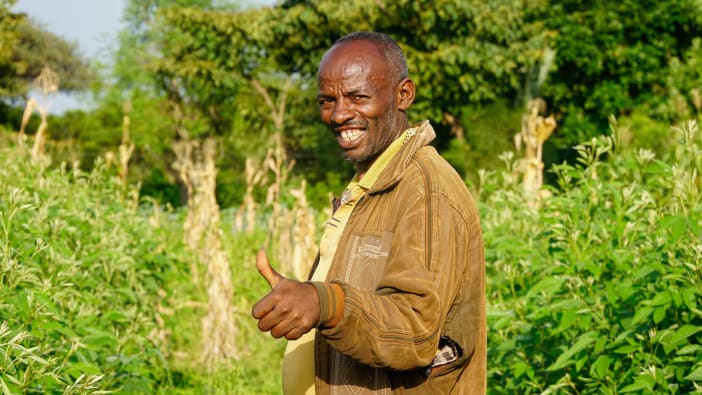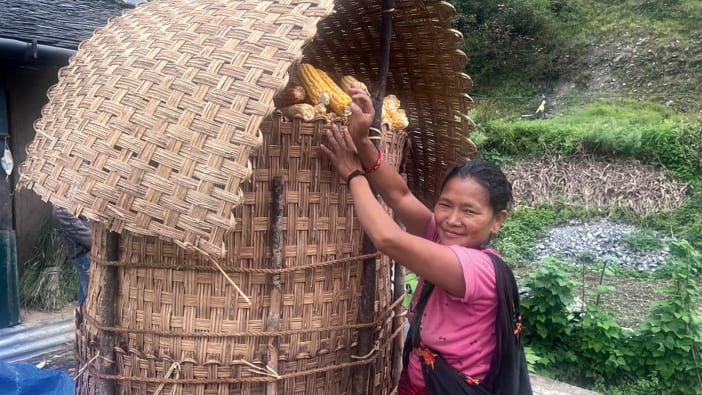In answer to Mabete Miankenda’s query about raising partridges in Footsteps 45, I have bred and reared three kinds of partridges. I hope that you have available some broody hens. I would suggest that you begin by searching for nests of wild partridges. When they have 10–15 eggs, take most of them away leaving just two or three eggs in the nest. Place the eggs immediately under your broody hen. Hopefully the partridge will then lay some more eggs but you should let her hatch these because you do not want to rob the countryside of wild birds.
When the chicks hatch they will need a high protein diet (termites or other insects) for the first few weeks, but eventually they will feed mainly on grains. To prevent them flying away as they grow, take the end off one of the wings (the last joint) when they are young chicks. You now have flightless partridges and you will have to protect them from predators.
Try to obtain eggs from several nests and keep the offspring separate so you can breed one ‘family’ with another. You can allow the partridge to brood their own eggs or you can keep removing the eggs and use a broody hen that can brood 20–25 eggs at a time. My ‘Chukar’ partridges from Syria would lay up to 100 eggs in one season. Repeat the extra feeding and wing tipping. Remember it has taken many generations for hens to become tame and it will take many generations for partridges to do the same.
Take time to study the local partridges and provide them with the habitat they like, places to nest and lots of food to eat so you will always have plenty of wild partridge to hunt.
Chris Powell, 49 Church Street, South Cave, Brough, HU15 2EH, UK.









